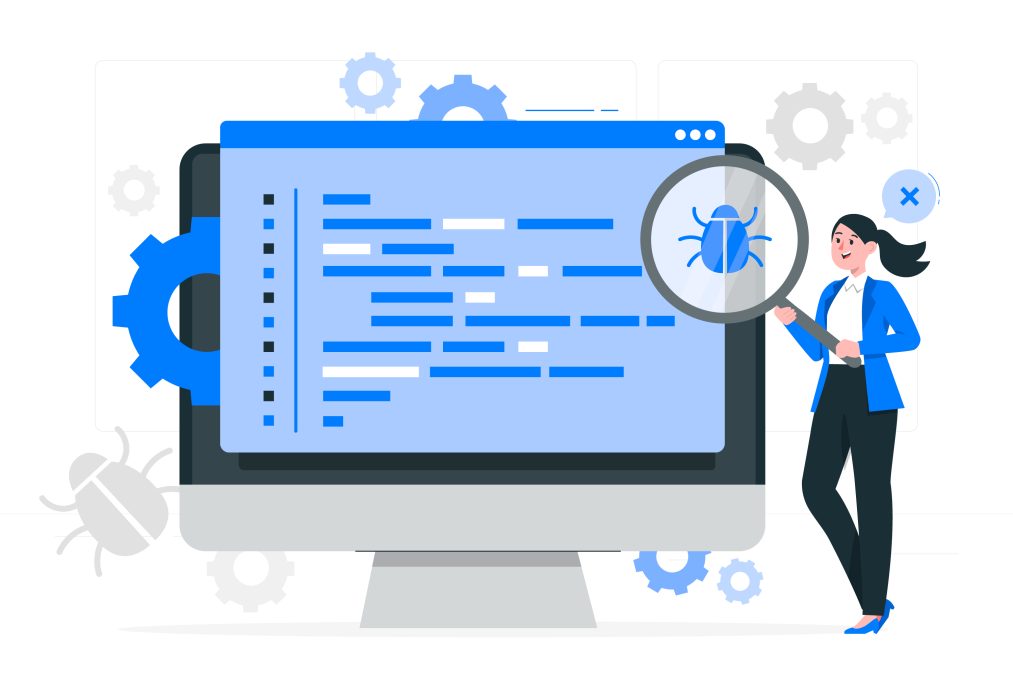When growing visibility in a specific city or region, businesses can’t afford to guess what works—they need proof. A/B testing provides the data necessary to experiment with SEO efforts, eliminating assumptions and backing decisions with solid insights.
Local SEO is filled with variables, including location intent, map listings, and proximity-based ranking factors. What works in New York may not apply to Omaha. Instead of applying the same strategy across all pages and cities, smart businesses test, measure, and refine based on what works best in each region.
Local SEO A/B Testing Actually Means
A/B testing, commonly used to optimize conversions, also improves SEO performance. It involves showing two versions of a page (or parts of a page) to different users to determine which performs better.
For local SEO, you aren’t just testing calls to action or button colors. You test which version of a page ranks better for a specific location keyword. For example, you might compare a service page written for “plumber in Boston” with two slightly different headlines, title variations, or content sections to boost engagement and relevance.
The goal is clear: to identify what helps local searchers discover you faster and rank higher in local search results.
How A/B Testing Supports Your SEO Rankings
Local SEO thrives on content freshness, relevance, and structure. Even a slight change in how you present city names, list services, or display testimonials can influence rankings. A/B testing lets you control these variables, ensuring you’re refining strategies based on real data, not assumptions.
Instead of waiting weeks to see if a headline change improves rankings, split testing helps you make data-driven decisions quickly. This is especially useful when launching new service pages across various locations.
For instance, if you create one page for “emergency HVAC repair in Chicago” and another for “24-hour HVAC services in Chicago,” A/B testing lets you track which version is indexed faster, receives more clicks, and generates more local leads.
Practical Use Cases for Local SEO A/B Testing
-
Testing Metadata: Test different title tags for service pages to see which one attracts more organic clicks. A title with a “near me” reference might perform better than a generic one.
-
Header Variations: Many local users skim content quickly. A headline like “Trusted Electricians in Brooklyn” versus “Affordable Brooklyn Electrical Services” could reduce bounce rates and increase dwell time.
-
Showcasing Reviews: Test placing local testimonials higher on the page versus burying them at the bottom. This could influence trust and user decisions.
-
Design Elements: Experiment with map visibility, driving directions, or local landmarks on contact pages to see what works best for your audience.
Also Reads: Boost Local Search Results with a Rapid URL Indexer
Setting Up an A/B Test Safely for Optimal Rankings
Running two versions of a page can seem risky, especially when it comes to SEO. But you don’t need to duplicate entire URLs or confuse search engines.
Start by testing content across different city pages. For instance, if you have a “roofing services” page for Dallas and another for Austin, you can use these to test different messaging strategies or content formats. This allows you to naturally A/B test without creating duplicate content.
Alternatively, SEO testing tools or plugins can help you rotate content versions for different users while keeping your site structure search engine-friendly. Be cautious about showing the same keyword-focused content to Google across multiple pages, as this can cause indexing conflicts.
Keep your tests clean, targeted, and relevant. Use tools like Google Search Console and Google Analytics to monitor performance.
What to Measure in a Local SEO Test
Before running tests, define your success metrics. The primary goals of local SEO tests are typically to boost rankings, increase click-through rates (CTR), or generate more local leads.
-
CTR: Track how compelling your titles and descriptions are by monitoring CTRs in Google Search Console.
-
Engagement Metrics: If you’re testing content layout, focus on metrics like bounce rate, session duration, and page depth to see if users are engaging with your page.
-
Conversions: Sometimes a test might not improve rankings but could boost conversions. This is still a win for local SEO as it aligns with Google’s focus on user experience and helpful content.
Tools That Support SEO Testing
Although traditional A/B testing tools are designed for conversion optimization, many also support SEO-focused experiments. WordPress users can take advantage of plugins like Nelio A/B Testing or Thrive Optimize to test different page elements without disrupting the site structure.
Manual tracking with Google Search Console is also effective. Track impressions, clicks, and ranking positions for each test variant and analyze the results.
For more in-depth insights, consider using user behavior tools like Microsoft Clarity or Hotjar to visualize how local visitors interact with your site.
Common Mistakes to Avoid in SEO A/B Testing
-
Testing Too Many Variables: Avoid changing multiple elements at once, as you won’t know which one had the biggest impact. Make small changes and isolate variables to measure their influence.
-
Running Tests for Too Short a Period: SEO data takes time. Allow at least 3 to 4 weeks to observe meaningful trends, especially on pages with low traffic.
-
Ignoring Mobile Responsiveness: Local searches are mobile-heavy. A page that performs well on desktop but loads slowly on mobile may skew your results and negatively affect rankings.
-
Focusing Too Much on Keywords: While keyword variations are part of testing, always ensure your content remains user-friendly. Don’t compromise readability for keyword stuffing.
How Local SEO A/B Testing Aligns with Google’s EEAT
Google’s EEAT (Experience, Expertise, Authority, and Trust) framework rewards websites that demonstrate real-world expertise, authority, and trust. A/B testing directly supports EEAT by helping refine the user experience based on data.
You can test elements that build trust, such as showcasing certifications, case studies, and testimonials. By making your expertise more visible and easier to understand, your SEO performance will improve.
Key Takeaways from Local SEO A/B Testing
Local SEO success isn’t about guessing—it’s about testing and refining strategies based on data-driven insights. A/B testing empowers businesses to make informed decisions, allowing them to fine-tune elements like content, metadata, and user experience to optimize performance across different regions.
By continuously testing and adjusting your approach, you align more closely with Google’s algorithms and create a stronger connection with local audiences. For businesses looking to grow in local search rankings and drive conversions, A/B testing is an invaluable tool that transforms insights into actionable results. For expert assistance with Local SEO and A/B testing, contact BPCustom
Interesting Reads
Boost Local Search Results with a Rapid URL Indexer





